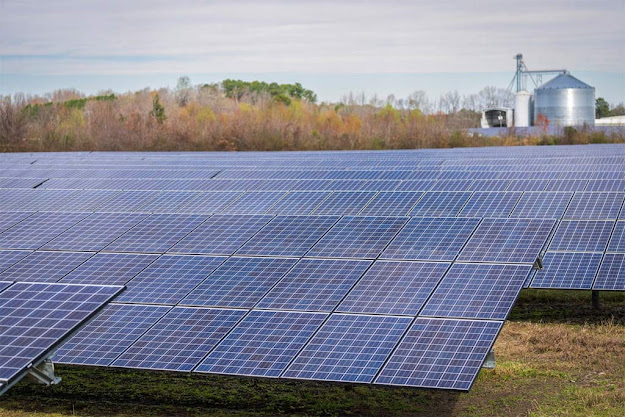How to Save Energy at Home
In an era where environmental conservation and reducing energy costs are paramount, it is essential for households to adopt energy-saving measures.
Photo by Pexels
Understand Your Energy Consumption
The first step in saving energy at home is understanding your current energy usage. Review your energy bills over the past year to identify patterns and peak usage periods. Consider conducting a home energy audit, either by hiring a professional or using online tools, to pinpoint areas of inefficiency.
Upgrade to Energy-Efficient Appliances
Investing in energy-efficient appliances can lead to substantial savings over time. Look for products with the Energy Star label, which signifies compliance with energy efficiency standards set by the U.S. Environmental Protection Agency (EPA). While the upfront cost may be higher, the long-term savings on energy bills will outweigh the initial investment.
Implement Smart Thermostat Settings
Heating and cooling account for a significant portion of home energy use. Installing a smart thermostat allows you to automate your home’s temperature settings, optimizing energy use based on your schedule and preferences. Set lower temperatures in winter and higher in summer when you're away or asleep to save energy.
Seal and Insulate Your Home
Proper sealing and insulation can dramatically improve your home’s energy efficiency by keeping warm or cool air from escaping. Focus on areas prone to air leaks, such as windows, doors, and attic spaces. Adding weather-stripping or caulking around leaks and ensuring adequate insulation can make a noticeable difference in your energy consumption.
Use Energy-Efficient Lighting
Switch to LED or CFL bulbs, which use significantly less energy than traditional incandescent bulbs and have a longer lifespan. Additionally, make use of natural light whenever possible, and remember to turn off lights when they are not in use.
Practice Water Conservation
Water heating is another major energy expense. To reduce this, lower your water heater’s temperature setting, install low-flow showerheads and faucets, and fix any leaks promptly. Consider upgrading to an energy-efficient water heater or, if possible, a solar water heating system.
Invest in Renewable Energy
If your budget allows, investing in renewable energy sources such as solar panels can drastically reduce your reliance on the grid and your overall energy costs. Many governments offer incentives and rebates for installing renewable energy systems, making it an increasingly viable option for homeowners.
Adopt Energy-Saving Habits
Finally, simple changes in daily habits can lead to significant energy savings. Unplug electronics when not in use, use appliances during off-peak hours, wash clothes in cold water, and ensure your home is not over-lit. Educate family members about the importance of energy conservation and encourage them to adopt energy-saving habits.
Final Thoughts
Saving energy at home requires a multifaceted approach, combining technological upgrades with behavioral changes. By understanding your energy usage, investing in energy-efficient appliances, practicing conservation techniques, and adopting sustainable habits, you can significantly reduce your energy consumption and contribute to environmental preservation. Remember, every small step towards energy efficiency helps in creating a more sustainable and cost-effective home.



